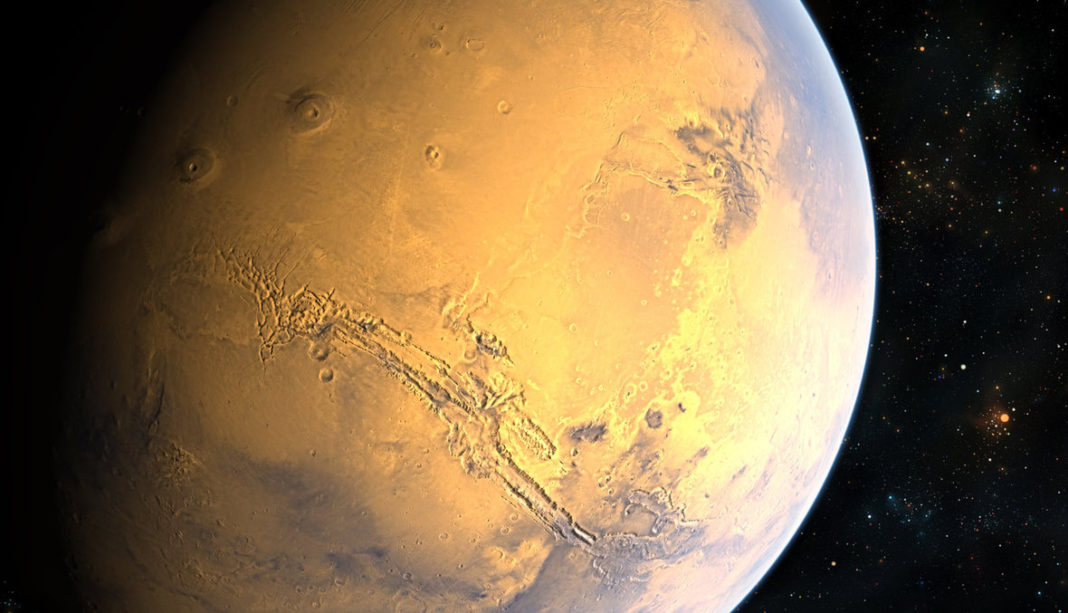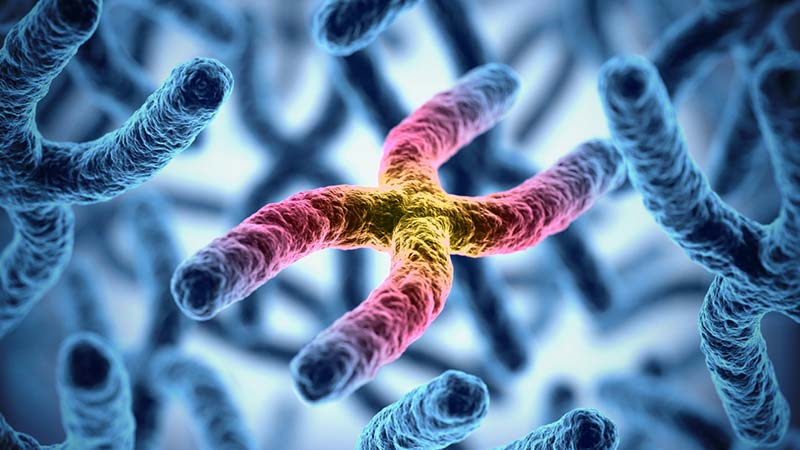With no magnetic shield to protect it, Mars continually loses its atmosphere in a way that our planet doesn’t. We may be similar to the Red Planet in many ways, but we are also very different too. Previously the planet was filled with water, volcanoes, sand dunes, icecaps, and more, but alas is no more. NASA’s MAVEN spacecraft currently orbits Mars and allows scientists a deeper insight into how the planet came to be how it is now.
Mars is much smaller than the Earth in both diameter and mass and terms of its location, is a great distance further than the Sun. Over time Mars has become very cold, dark, dry, and desolate place; far different to what we have here on Earth. But without scientists completely understanding how Mars came to be this way, there is always the fear that our planet too could end up following suit.
Luckily, NASA’s MAVEN mission has helped experts figure out just how Mars did get like it is now. By measuring the way in which the Mars atmosphere interacted with the Sun they were able to see not only what’s happening on Mars at the moment, but also helped them see how it came to be so desolate. The first of MAVEN’s results were released in November 2015 and included the fact that water was, in fact, abundant and active on Mars for at least the first few hundred million years. But then around one billion years after the formation of Mars, the global magnetic field removed much of the planet’s solar wind protection.
Experts calculate that Mars loses approximately 100 grams of atmosphere every single second under normal conditions. However, in times of extreme solar activity that can increase to over 2 kg per second! Solar flares are also a problem for the Red Planet as unlike Earth; there is no magnetic field on Mars to ward them off, so the rate of atmospheric loss increases significantly.
Another thing that was discovered as part of the study was that the atmospheric loss was not instantaneous and happened over a period of millions of years. However, unless we do something to stop this loss, the planet will become completely airless in less than two billion years from now. And although MAVEN has revealed some secrets about the formation of Mars, it may not have given us everything. But, if nothing else, at least we can have some piece of mind that our magnetic field doesn’t look to be going anytime soon, so the likelihood of Earth turning into a baron place like Mars is pretty slim.
More News To Read
- Artificial Intelligence Is Changing How We Shop Online
- The Ultimate Electric Mountain Bike is Here With the Trek Powerfly 8 FS Plus
- Can the Phenomena of Ghosts Be Proved or Disproved by the Large Hadron Collider?
- Super Fast Charging is Finally Here but at a Cost
- Apple Takes the Biscuit With New Smart Collar for Dogs











